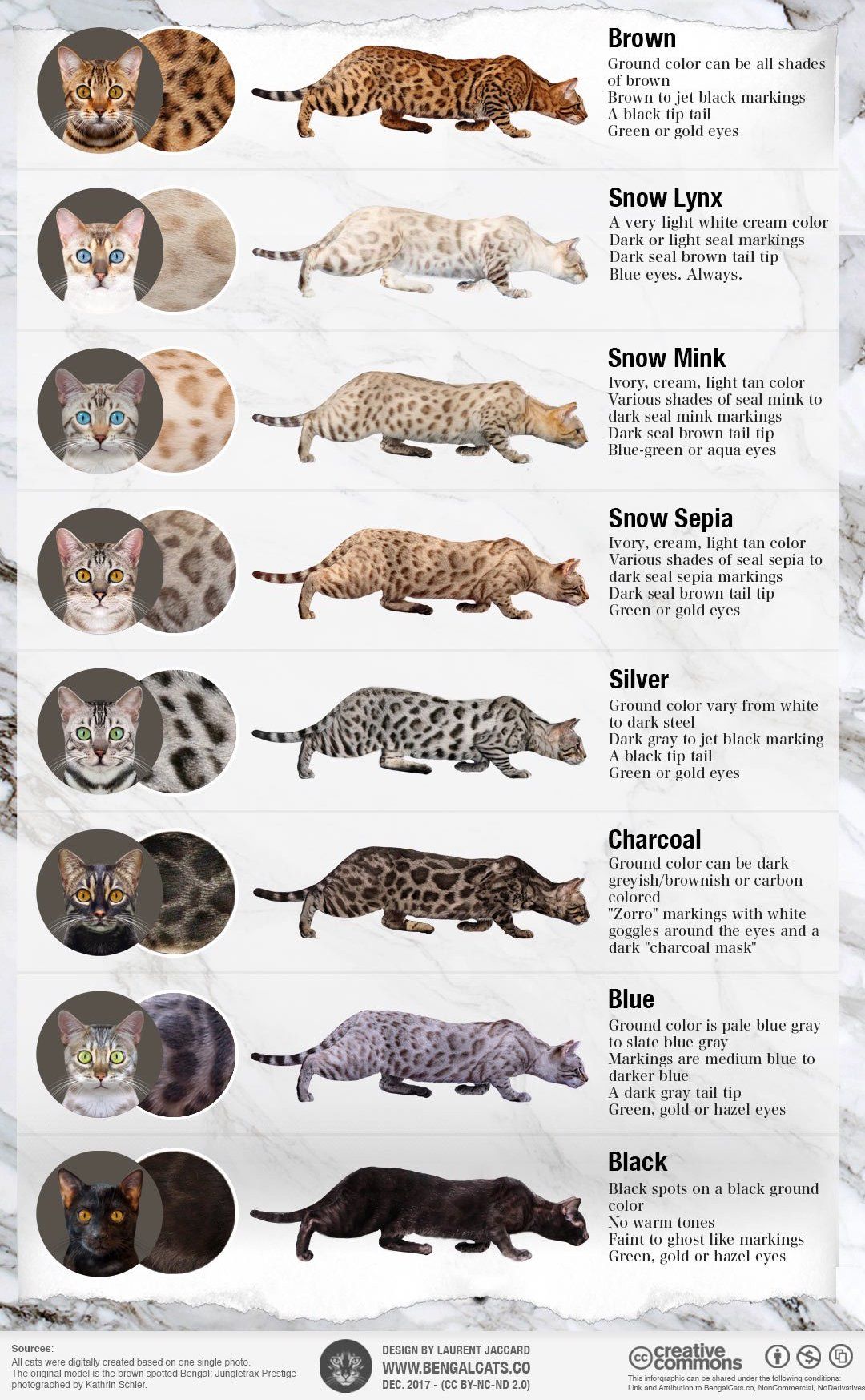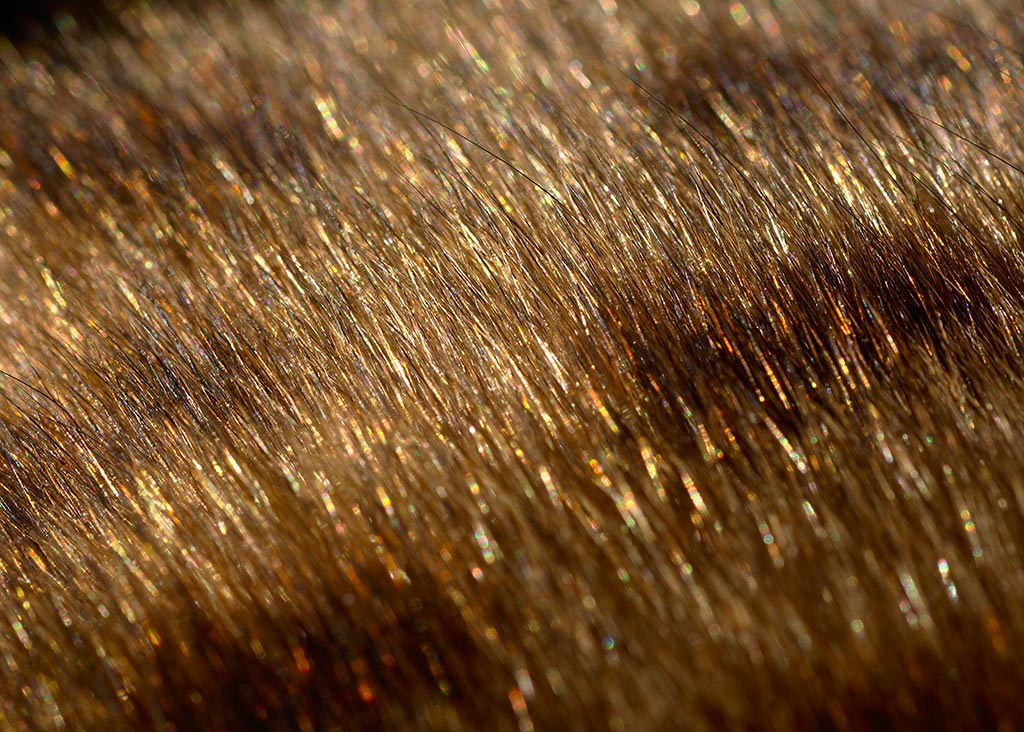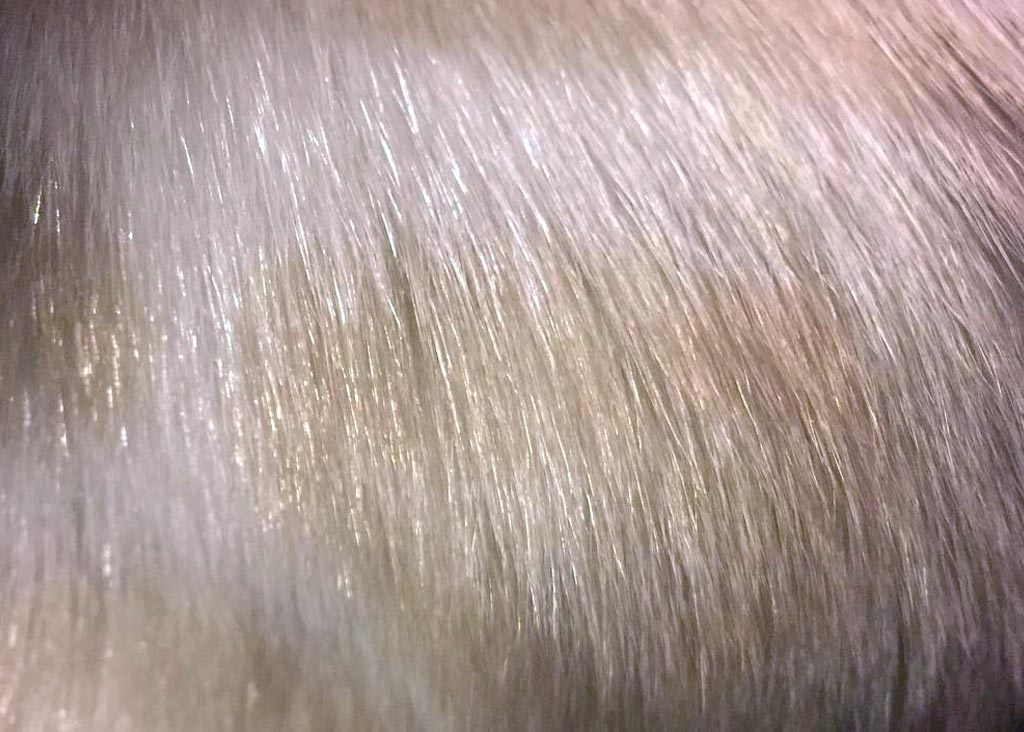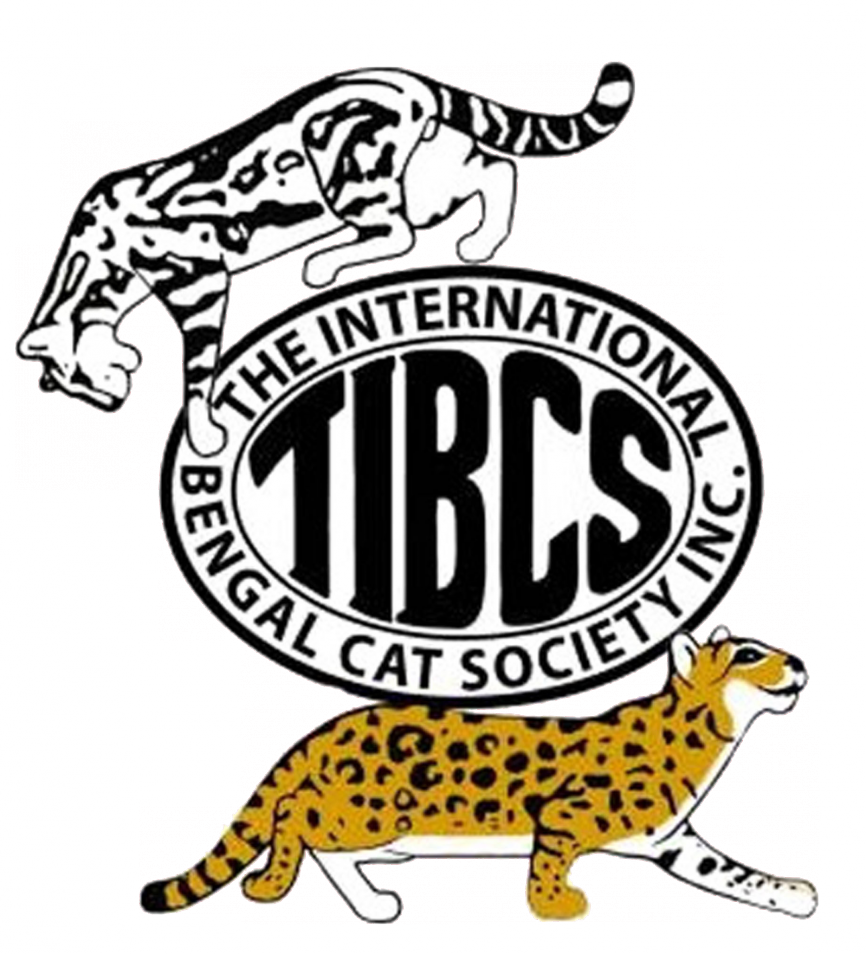Now that we’ve looked at the types of coats Bengal cats have, let’s take a look at Bengal cat colors.
Like other breeds of cats, Bengals come in a variety of colors. There are about 6 Bengal cat colors, divided into standard and non-standard by The International Cat Association (TICA).
The standard Bengal colors are:
- Brown
- Snow
- Silver
Non-recognized colors are:
- Charcoal
- Blue
- Melanistic (Solid Black)
Yep, your standard cat colors. But of course, the complex beauty that is the Bengal cat isn’t just 6 color options. Nope – there’s so much more to Bengal cat colors. But, no matter what the color/tone, the pattern on a Bengal cat should yield a high degree of contrast.
The Brown Bengal cat
The brown Bengal cat (C,C color genes) is the most popular of the Bengal cat colors and it was also the first to be recognized by TICA in 1983.
The traditional brown colored Bengals have green or gold eyes.
The ground color can range from a gray-tawny tone to a vivid orange-gold.
The spotting, rosetting or marbling color can range from black, light brown to a darker or reddish brown.
If you have a brown furry friend, you probably know that brown come in a variety of shades like: Golden, Cream, Tawny, Honey, Taupe, Tan, Beige, Caramel, Cinnamon.
All shades of brown are accepted but an orange-brown is preferred for ground color.
As you can see, there’s virtually every shade of brown available for the Bengal breed.
Now, with a brown Bengal, you can find these characteristics:
- Brown to jet black markings
- A black tip tail
- Red nose
- Brown, copper, gold, green or hazel eyes
- A white belly is preferred
Gorgeous creatures, aren’t they?
The Snow Bengal cat
Looking for a mini snow leopard? Then this is the cat you’re looking for.
Bengals also come in a range of cream, ivory colors associated with a form of albinism that comes from Siamese and Burmese cats ancestry.
Contrary to what the name suggests, they are not pure white Bengal cats.
In fact, the snow Bengal comes in 3 genetically different colors (and names):
- Seal Lynx
- Seal Mink
- Seal Sepia
It can be tricky to tell the difference between the three seal colors. A genetic test is always the best method to differentiate the 3 snow Bengals. Alternatively, eye colors can help determine the snow Bengal color one has.
A Snow Seal Lynx Bengal (Cs, Cs color genes) has:
- A very light white cream color
- Dark or light seal markings
- Dark seal brown tail tip
- Blue eyes. Always.
A Snow Seal Mink Bengal (Cb,Cs color genes) has:
- Ivory, cream, light tan color
- Various shades of seal mink to dark seal mink markings
- Dark seal brown tail tip
- Blue-green or aqua eyes
A Snow Seal Sepia Bengal (Cb, Cb color genes) has:
- Ivory, cream, light tan color
- Various shades of seal sepia to dark seal sepia markings
- Dark seal brown tail tip
- Green or gold eyes
Not too bad, right? Shouldn’t be too hard to determine what color Bengal you’re after.
The Silver Bengal cat
Silver (I, i or I,I inhibitor genes) is more a lack of color. This gene inhibits any warm colors and gives an almost white base coat contrasted with striking dark markings.
The silver color was added to TICA championship in 2004 for the Bengal breed.
Silver Bengal cats come in different shades with backgrounds varying from white to a very dark steel color.
Silvers can also be found in any other color combination: Silver Snow, Silver Charcoal, Blue Silver, etc…
A silver Bengal also has:
- As little tarnish (yellow/rusty brown) in the coat as possible
- Dark gray to jet black markings
- A black tip tail
- A brick red nose
- Green or golden eyes
Should be easy to determine which cats are silver!
The Charcoal Bengal cat
A charcoal Bengal (Apb, a or Apb,Apb agouti genes) is darker than the traditional recognized Bengal colors. The black smoky charcoal color was particularly seen in early generation F1 and F2 Bengals.
The charcoal trait is inherited independently of color and can be seen in each color class: browns, silvers, snows (lynx charcoal, mink charcoal, sepia charcoal) and even in blues.
Charcoals have a dark greyish/brownish or carbon colored backgrounds with very little to no rufous (reddish-brown) and a very dark spotted or marbled pattern.
Charcoals can also have a darker face “mask” and thick dorsal stripe, commonly referred to as the “Zorro cape and mask”.
The mask resembles an upside-down “Y” or a peace sign without the circle around it.
These charcoal masks can be very dark and eventually match the color of the black to black body markings.
The tail is dark brown/black or grayish black with stripes and a black tip
Charcoal browns and charcoal silvers can have a black body with “ghost” markings. They can be confused with solid color bengals. A solid “pointed” cat will have solid color on the face. Solid black bengals are called “melanistics” and solid silvers are called “silver smoke”.
The Blue Bengal cat
The blue color (d,d dilute genes) is very rare but some breeders are working hard to try and promote the blue Bengal to championship status.
Blue Bengal cats have a powder blue/grey coat with some cream tones. The spotted or marbled pattern is a dark blue or metal grey color.
As it is a reccessive gene, both parents must carry for blue in order to produce a blue Bengal cat.
Blue Bengals also have:
- A steely blue ground color
- Peachy undertones
- Blue markings that will never turn black
- A dark gray tail tip
- Gold, green or hazel eyes
The Black (Melanistic) Bengal cat
Solid black Bengals (a,a agouti genes) have black patterns on a black ground color that remind us of the melanistic color variant of leopards and jaguars: the black panther.
The colors of the background and the pattern are the same on a melanistic Bengal. Their patterns are called “ghost markings” or “ghost spots” because they are barely visible. But you can still see the pattern in daylight like you would on a black panther.
Black colored Bengals are rare and less popular amongst breeders because this color variation is not approved by the associations.
As for the spots, they can be faint dark brown to black and can sometimes only be seen in natural sunlight.
A smoke Bengal is the silver variation of a melanistic.
If you’re looking for a mini black panther, this color of Bengal would be your best bet!
Patina and Ticking
Patina and ticking are two characteristics a Bengal cat can have that are slightly different from one another.
Patina is black or dark tipped hairs that blur the pattern of your cat. This blurring will show up from the shoulders all the way down the back of the cat.
Ticking, on the other hand, is where all of the fur on your cat looks blurry due to lack of contrast in the fur. This is caused by multi-colored hair shafts giving the fur a sort of “faded” look.
Essentially, the fur isn’t as bold on these cats.
Glitter
Glitter is your golden ticket – literally.
While Bengals are the first domestic cat to have glitter, not all Bengals have it.
You can see the glitter by the shimmering, sparkling effect on your cat’s coat. Even in low lighting, you’ll be able to see the sheen of the glitter on the Bengal.
Glitter on a Snow Bengal cat’s coat
But what is glitter, exactly?
No, Tinkerbell didn’t come by and pour some all over your cat.
“Glitter” is a translucent hollow hair shaft that catches the light and reflects it. It is present throughout the fur of your cat.
It’s truly a beautiful and remarkable sight. Who knew cats could be even more magical?
All information has been taken from https://www.bengalcats.co/




















